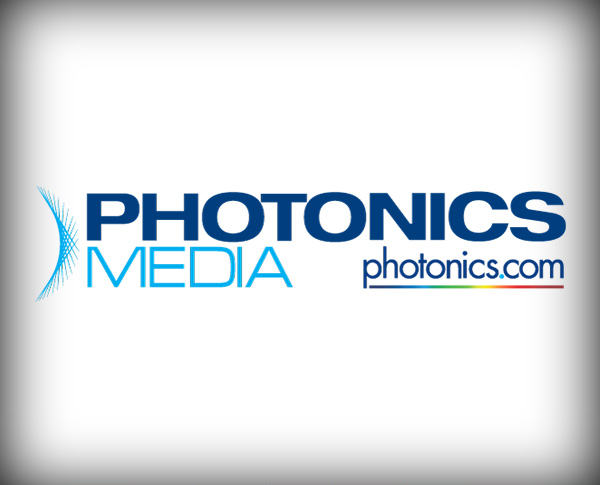
Source: news.google.com

Manufacture and applications of micro-optics
From powerful cameras for smartphones and autonomous vehicles to new light sources for manufacturing and computer processing, micro-optics are experiencing increasing demand in various industries. As in the microchip industry, scalability is crucial to keep up with the growth trend. Contributing editor Marie Freebody interviews vendors and integrators to learn what challenges stand in the way and what solutions manufacturers are exploring.
Key technologies: arrays of microoptics and microlenses for specialized attachments, collimators, beamforming optics, nanodiffraction gratings, diffusers, and beamsplitters. Plus, micro-molded polymer optics
Lasers for quantum computing
The 2022 Nobel Prize in Physics was awarded to three scientists, all for discoveries made three decades ago in quantum mechanics. The discoveries that paved the way for the Quantum 2.0 revolution were largely defined by three fields: quantum communication, quantum computing, and quantum sensing. Contributing editor Andreas Thoss will describe these applications, in turn, and how laser technology is helping to define and further advance current capabilities. Thoss will take a closer look at some of the key performance parameters that lasers must offer to compete in the emerging Quantum 2.0 market.
Key Technologies: Tunable Diode Lasers, Frequency Doubling Laser Systems, Frequency Combs, Nonlinear Crystals (PPLN), Quantum Feats
SWIR images
The benefits of shortwave infrared imaging continue to drive new innovations in illumination and imaging sources targeting the spectral band between 1000 and 2500 nm. InGaAs cameras still dominate, but quantum dot-based imagers and other innovative sensor architectures are gaining more ground. Contributing editor Hank Hogan highlights the latest developments.
Key technologies: InGaAs SWIR cameras and sensors. The same is true for colloidal quantum dot-based imagers, SWIR illumination sources including VCSELs, LEDs
Laser beam measurement and profiling
The increasing adoption of lasers for industrial and medical applications has given priority to fast and accurate beam measurement technologies. Associate Editor Joel Williams talks with the innovators and engineers who define the state of the art of these systems to discuss the latest generation of beam measurement technologies, applications, and integration capabilities.
Key technologies: Beam measurement and profiling using camera-based and scanning slit profilers (CMOS and CCD), power and energy sensors, including photodiodes and thermal, as well as calorimeters and non-contact 3D measurement.
The PIC landscape
Photonic Integrated Circuits (PICs) are a well-established technology in data centers and telecommunication networks, where they play a vital role in supporting our ever-growing thirst for data on demand. However, the technology is finding new applications and growing demand in several other end markets, including healthcare, agriculture, automotive, and quantum technology. Carol de Vries, CTO at PhotonDelta, sets the stage for expanding Photonics Spectra’s PIC technology coverage in 2023 with a survey of the emerging PIC application landscape and a look at how these mixed-signal devices are enabling them to be more compact, functional and energy efficient. solutions
Key technologies: PIC chips, packaging, alignment, and test and measurement equipment are the core technology. But they allow miniaturized versions of the following: NIR, THz, and Raman spectrometers; OCT; photoacoustic images; lidar systems and fiber Bragg grating sensors
3D laser printing
As laser-based directed energy deposition technology enables manufacturers to print large metal components, green and blue lasers are being introduced for copper additive manufacturing. Contributing editor James Schlett reports on the photonic methodologies currently used to print complex metal parts for the automotive, aerospace, and other industries before moving on to the accelerating metal 3D and laser printing applications.
Key technologies: Most industrial IR lasers are applied here: ytterbium, Nd:YAG, Nd:YV04, CO2 lasers, diode (high power fiber coupled) lasers. Green-blue lasers (including frequency doubled technology from Ytterbium and Nuburu) are also applied.
Photonics for Augmented Reality
Many companies have now brought augmented reality glasses and headsets to market, targeting consumers ranging from gamers to the military. But current deals are still voluminous and priced at thousands of dollars. Contributing editor Michael Eisenstein investigates the optical complexity involved in making these devices work and the challenges ahead in terms of building high-performance AR glasses that are routinely used at a reasonable cost. Eisenstein will focus specifically on optical components such as light engine displays, waveguides, and other “combiner” elements, as well as their impact on usability, cost, and early adopters.
Key technologies: Optical lenses, waveguides, light engine displays. Any supplier of ARVR optics is also fair game, probably including active optics, polymer optics, micro-moulders.
View prices
Read More at news.google.com